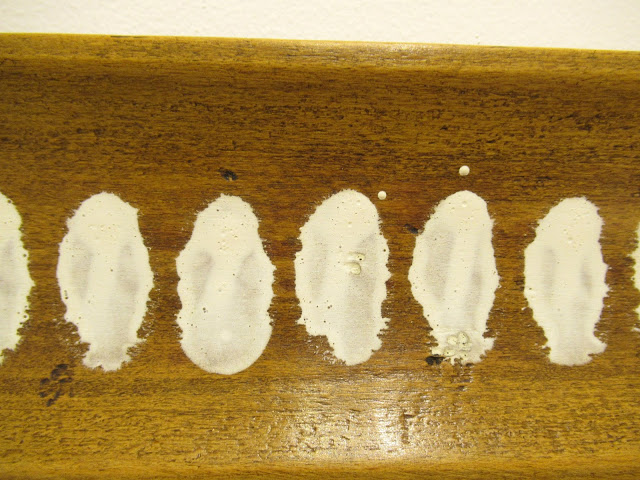Richard Long is a pioneer of the Land Art movement and one of the most prominent British artists. Through his work, his views and his attitude to nature, he marked the Land Art movement in the late 1960s until today.
Thoroughly a modernist, Long developed distinctive work with land, nature and text. For Long, the walk is the foundation of his work, where it begins, and often where its strongest traces remain. The walk measures his pace in relation to the earth and the cosmos. He traces an exact path, precisely judged in orientation, miles, time, paces. It is an act of sculpture. Photographs and poetic texts record forms, lines, words, chance occurrences, selective observations, memory and association.
Some of his works have been monumental-scale stone and slate floor reliefs, taken out of the land and placed inside the gallery.
Long has never defined himself as an environmentalist and is even suspicious of the definition 'Land Art', by which he has become known. He is nevertheless extremely sensitive to the natural world and attuned to its underlying structures. He uses nature directly in many forms, often saying that it is nature itself which forms the work. However, measure and precision are very important.
Recently, he spent seven days walking on Mount Olympus and this exhibition is a result of this.
I tried my best with this photograph, but could not get rid of the reflection.
The Music of Gravity, 2021, (clay on wall)
We then moved on to the courtyard to the back of the gallery where to the
'Celtic Arcadian Circle', 2021, (Delabole slate from Cornwall)
Bringing together the unevenly shaped slate in the geometric structure of the circle, the sculpture illustrates a theme common in Long's work, the relationship between human beings and nature. As he has explained: 'you could say that my work is a balance between the patterns of nature and the formalism of human, abstract ideas like lines and circles. It is where my human characteristics meet the natural forces and patterns of the world, and that is really the kind of subject of my work'.
Furthermore, 'everything has its right place in the world. There are millions of stones in the world, and when I make a sculpture, all I do is just take a few of those stones and bring them together and put them in a circle and show you... I use stones because I like stones or because they're easy to find, without being anything special, so common you can find them anywhere. It's enough to use stones as stones, for what they are. I'm a realist'.
The slate may be assembled in a wide variety of configurations within the defining form of the circle. Long has commented: 'because all of the stones are completely eccentric shapes they can actually be put together in endlessly different combinations, with the result always looking more or less the same'.
Finally, the framed Avon Mud Works:
The making of the framed Avon mud works has been about the act of repetition and an exercise in variation: 'In my work I just activate nature, the natural force of gravity which makes the muddy water drain off the paper leaving a unique image. Besides the beauty of natural and unrepeating patterns, this cosmic variety is the idea of these works. They are all made in the same way, but are all completely different, which can be realised when seeing them in series'.
Untitled, 2020, (River Avon mud on handmade Indian paper)
People have said how it reminds them of the essence of a river, of long-flowing tresses of hair, of the bark of a tree.






















No comments:
Post a Comment